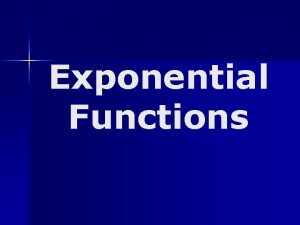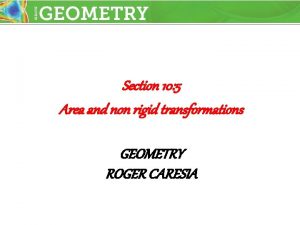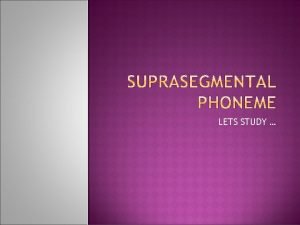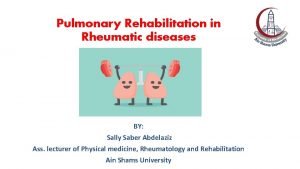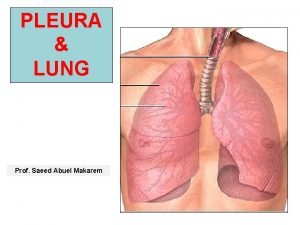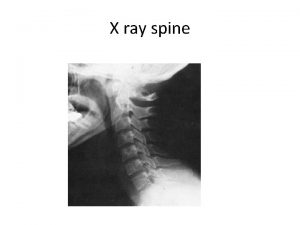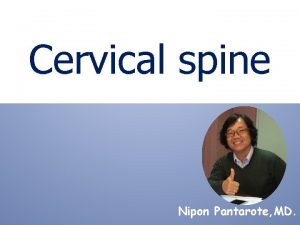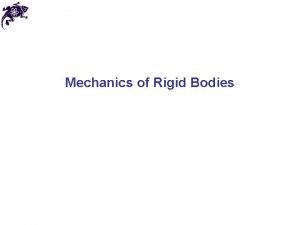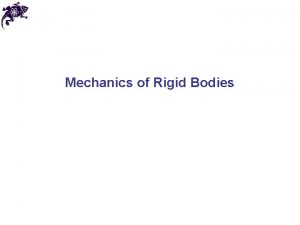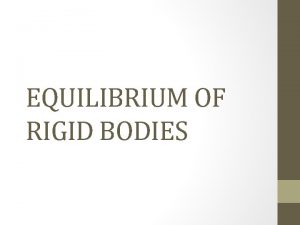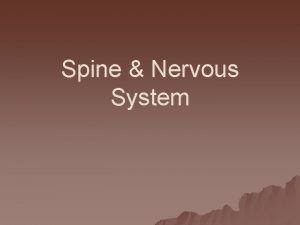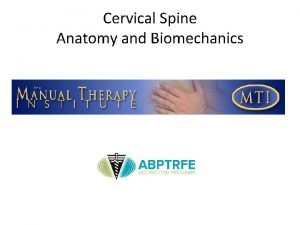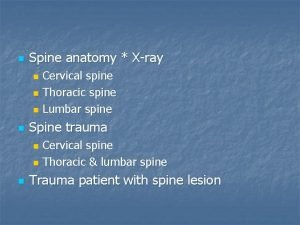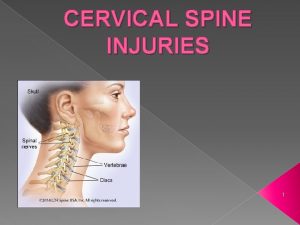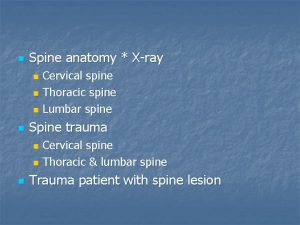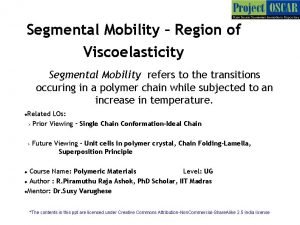Rigid Segmental Cervical Spine Instrumentation is Safe and












- Slides: 12

Rigid Segmental Cervical Spine Instrumentation is Safe and Efficacious in Younger Children Ana Mitchell, BS Vidyadhar V. Upasani, MD Carrie E. Bartley, MA Peter O. Newton, MD Burt Yaszay, MD

Disclosure • Ana Mitchell, BS - none • Vidyadhar Upasani, MD - Orthopediatrics – consultant, speaker bureau • Carrie Bartley, MA – None • Peter Newton, MD – Depuy Synthes – royalties, consultant, speaker bureau, grants; K 2 M – speaker bureau, consultant, grant; Cubist – consultant; Electrocore – stock • Burt Yaszay, MD – Depuy Synthes – consultant, speaker bureau, grants; Nuvasive – consultant, speaker bureau; K 2 M – consultant, royalties; Orthopediatrics – royalties; Stryker – speaker bureau

Introduction • The utilization of cervical spine instrumentation in the young pediatric patient in not well reported in the literature. – Kennedy et al – J Neurosurg Ped 2016 less than 6 yo • Occ-cervical and AA fusion – good results – Hedequist – HSS 2015 review article – Hwang et al – J Neurosurg Spine 8. 3 ave age – Multiple case reports

Purpose • To report on the safety and efficacy of cervical spine instrumentation in the young pediatric population

Methods • • • Retrospective Review Single institution January 1, 2006 and March 31, 2015. Age ≤ 10 years at the time of surgery Any diagnosis

Methods • Clinical data – demographics, diagnosis, procedure • Radiographic data (pre and postop)

Results • 20 children mean f/u 10 mo • Initial indication for cervical spine correction surgery included – deformity (7) – trauma (6) – instability (3) – stenosis (2) – rotary subluxation (1) – infection (1)

Results • Surgical Info – 15 cases - adult 3. 5 mm cervical spine instrumentation – 3 with wiring (1 sublaminar, 2 spinous process) – 2 with cannulated screws (3. 5 mm) • Postop immobilization – 16 Halo fixations – 3 collars – 1 CTO.

Results • Overall there were 5 major complications related to the surgery. • Nonunion 1 sublaminar and 1 spinous wiring – 18 mo traumatic AOD – 23 mo traumatic C 4 -5 distraction injury • 1 dural tear/CSF leak requiring a lumbar drain • 1 wound infection I&D

Results • 2 neurologic complications (in 2 deformity patients) – 1 loss of lower extremity signals intraop, decreased sensory/motor function post-op. – 1 left arm weakness deformity correction • None were associated with c-spine instrumentation deformity correction

Conclusion • Rigid segmental fixation can be safe and efficacious when used in pediatric cervical spine patients. • Whether used with Halo or orthosis, patients experience minimal to no complications from the instrumentation and achieved successful fusion.

Conclusion • Cervical spine wiring on the other hand had a high risk of non-union requiring revision surgery (66%). • All underwent successful revision with segmental fixation


